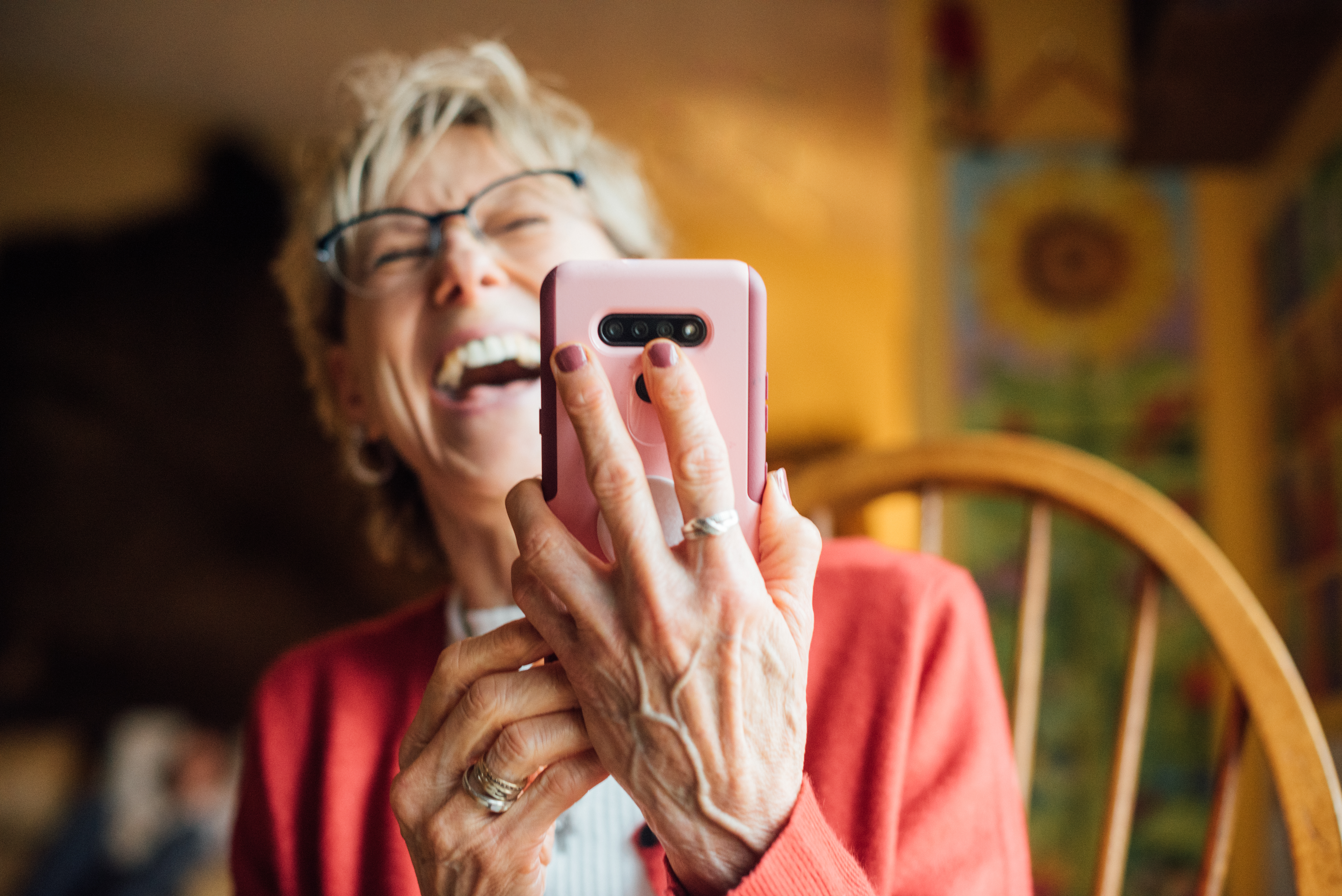

Inclusive Visual Storytelling
Let's change the conversation around aging
Why does authentic representation related to age matter?
Your visual choices matter.

The current visual landscape
When older adults do appear in marketing and advertising visuals they continue to be reduced
to stereotypical depictions.
Intersectionality
When age is applied to overlapping areas of discrimination, biases are compounded and pattern emerge.
Let us show you how to be at the forefront of change.
Explore the Disrupt Aging collection curated by AARP and Getty Images
Learn more about AARP
Disrupt Aging

80%
50%
More than
of people 50+ say they are stereotyped by marketers
of women 50+ say they feel “invisible” in advertising

The information contained in these documents is confidential, privileged and only for the information of the intended recipient and may not be used, published or redistributed without the prior written consent of Getty Images

At Getty Images, we believe in the power of visuals to change perceptions and inspire— elevating diverse narratives that can alter perceptions, evoke empathy, and build community.
How we see ourselves reflected in content impacts our sense of self, our sense of value and what we believe to be possible for ourselves and our futures.
AARP and Getty Images have come together to redefine what it means to get older by authentically depicting the realities of aging and challenging outdated stereotypes. Help us on our mission to move the world with the Disrupt Aging Collection.
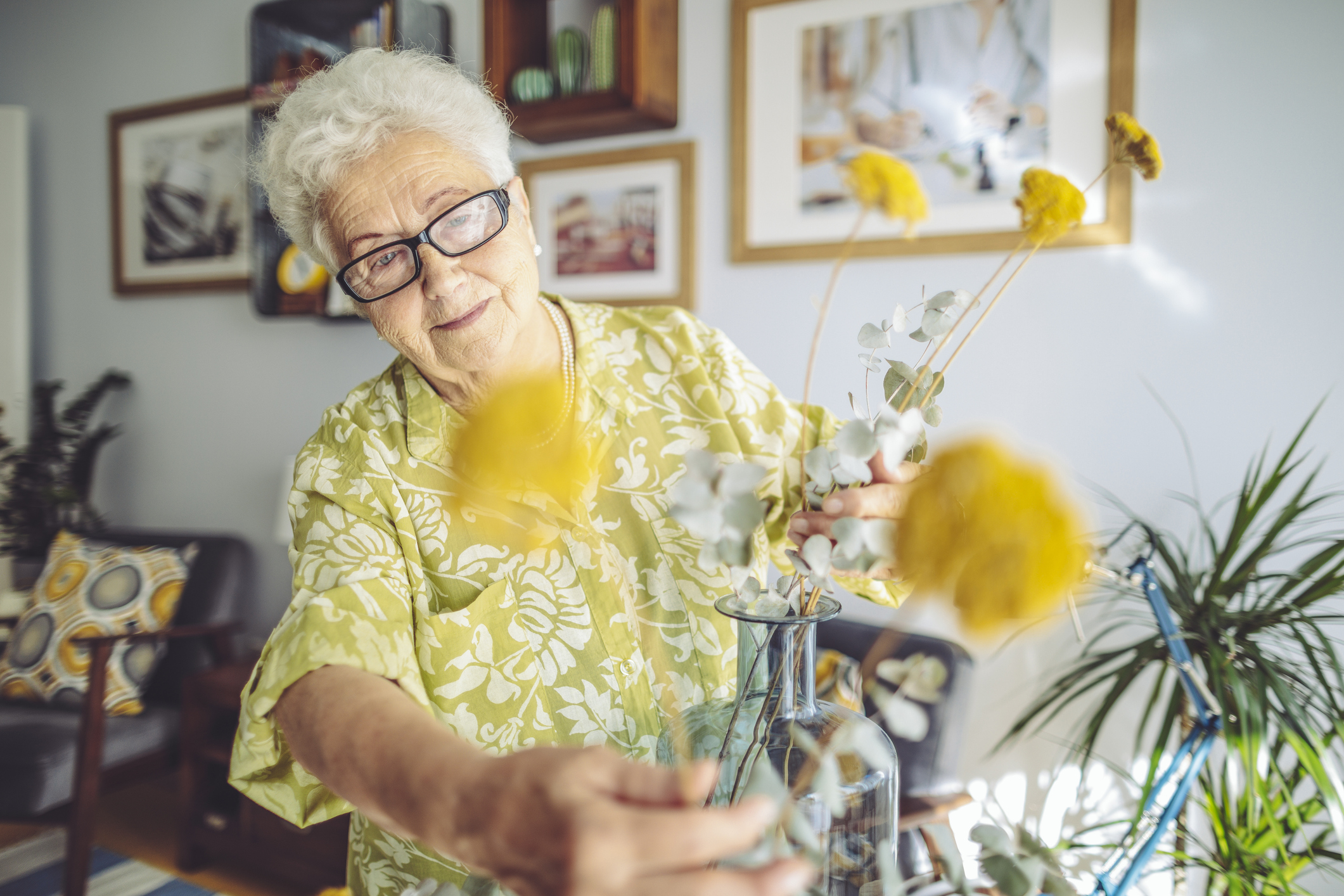





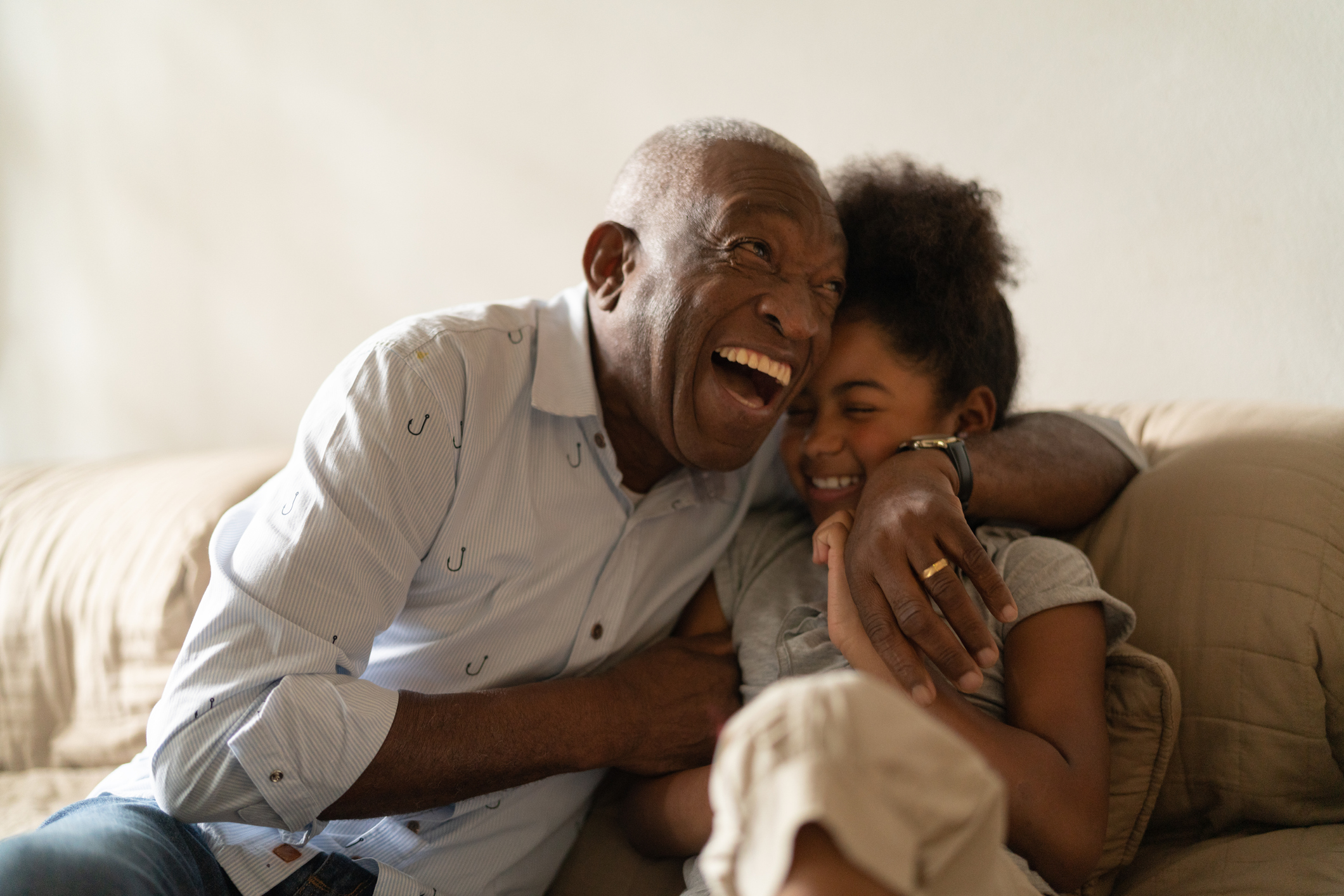
Age continues to be overlooked in DE&I efforts by many brands and corporations
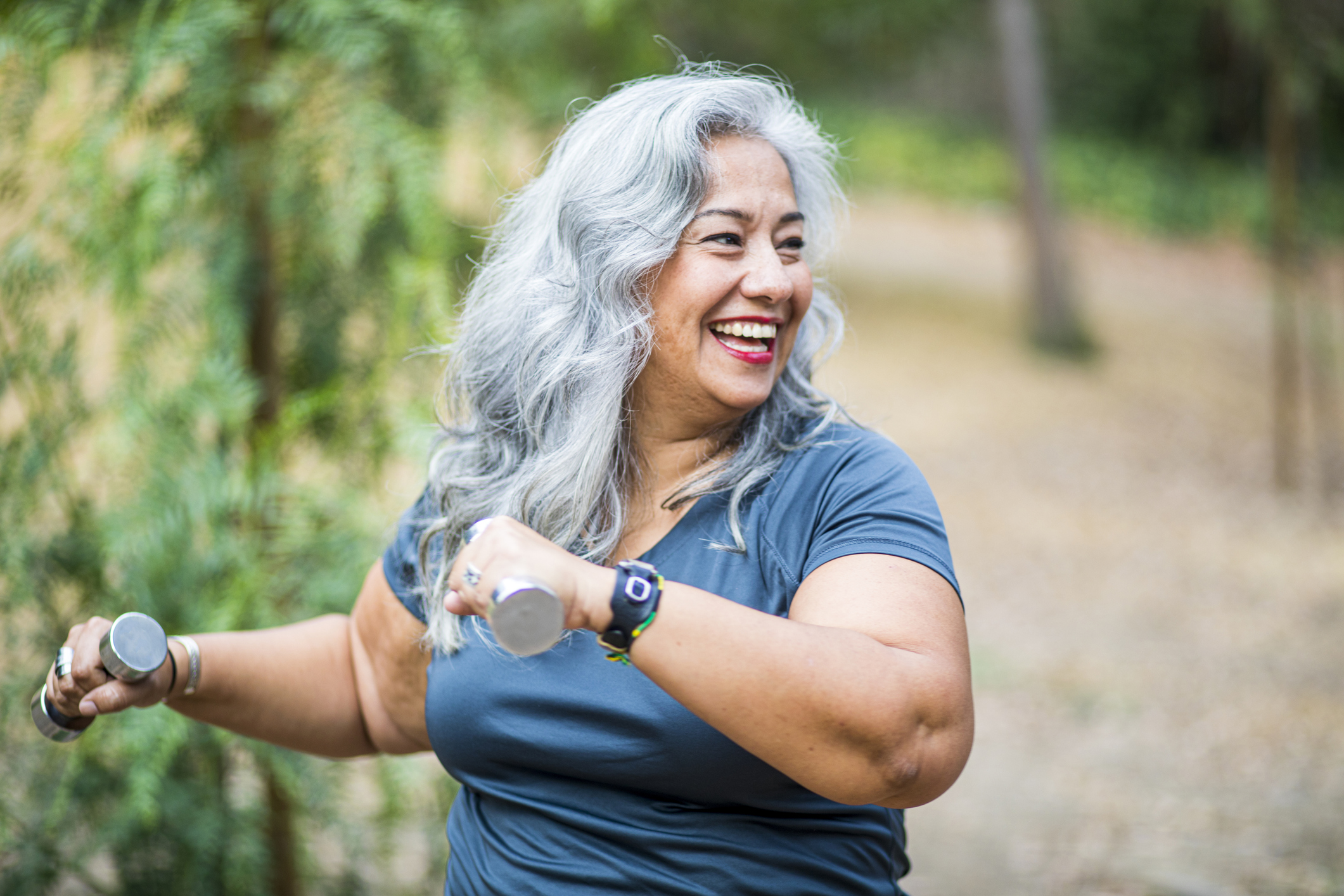
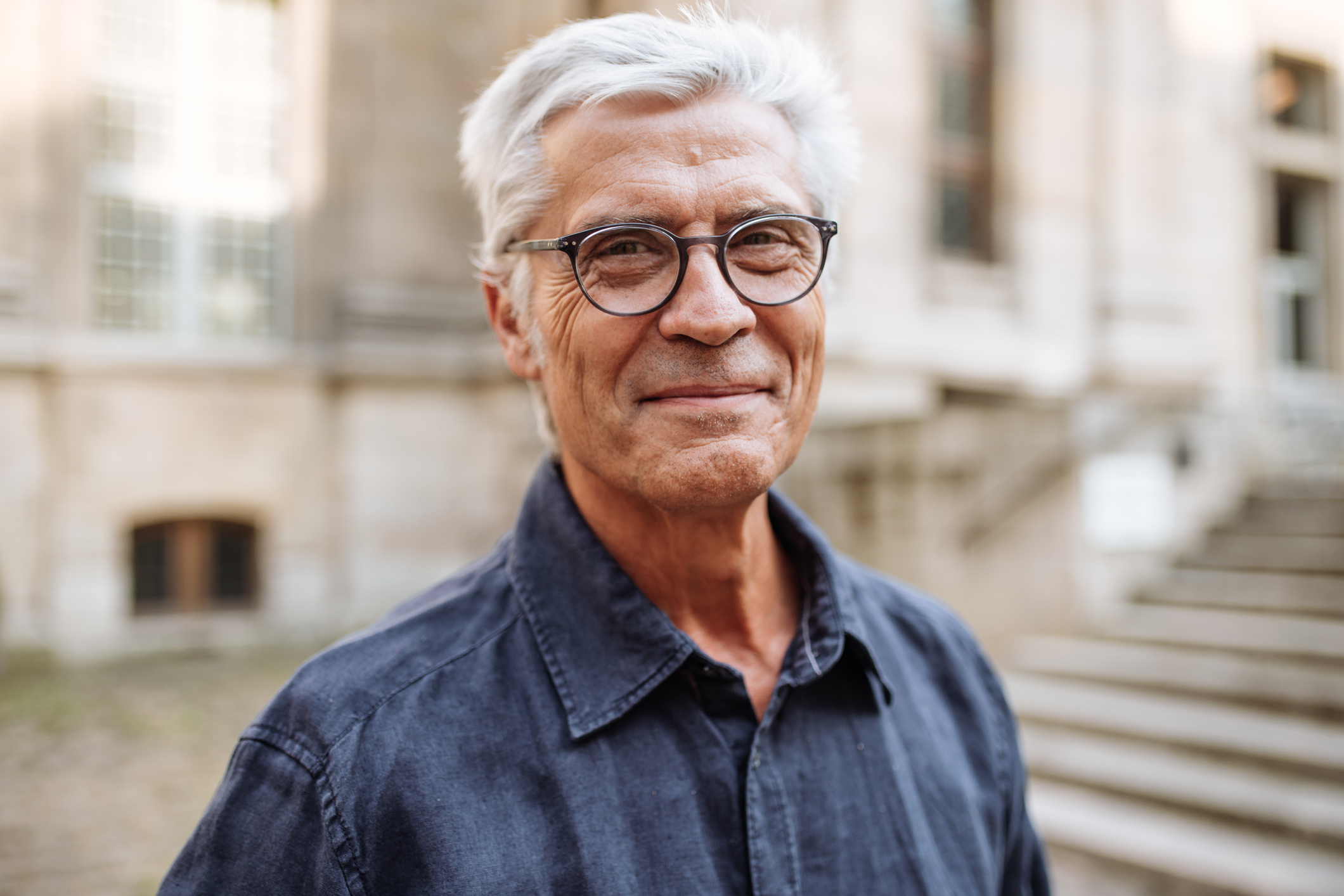
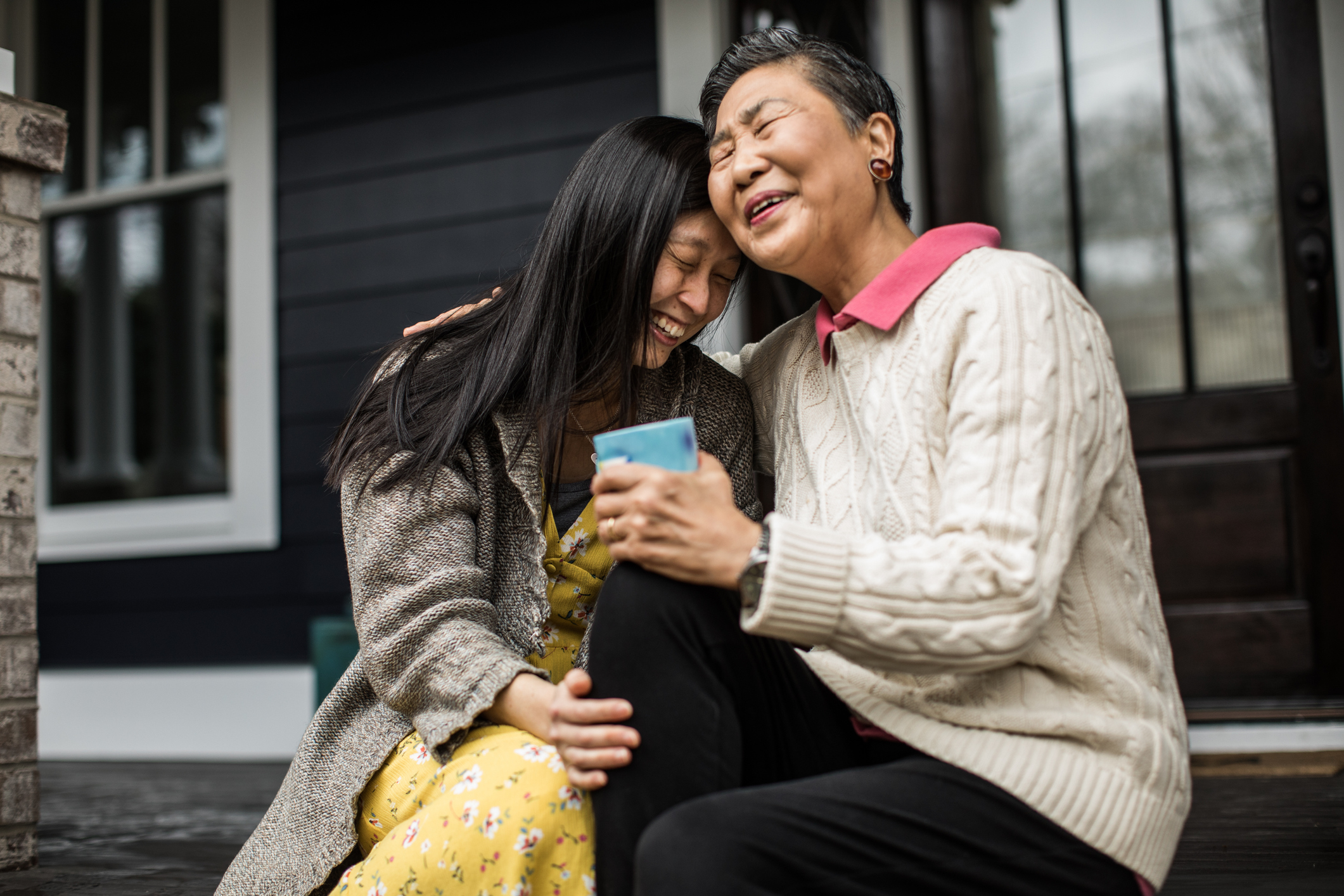

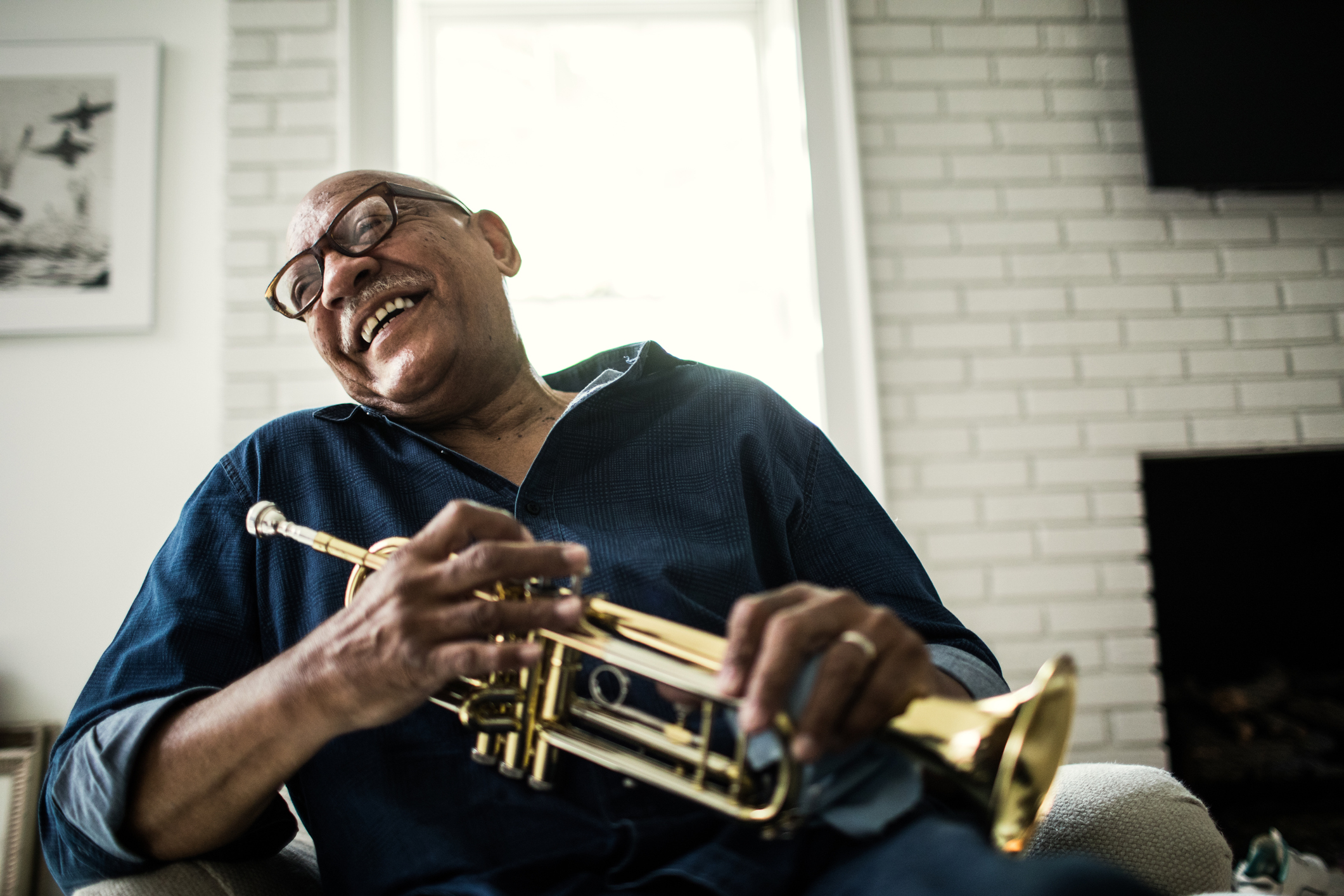
Seniors in leadership / business
Seniors as entrepreneurs
/ small business owners
Women of color over 50, 60, 70
LGBTQ+ elders living visuals in everyday life
Senior men in visuals of everyday life
People 50+ contribute
$8.3 trillion
to the US economy each year.
By 2050, the economic contributions of the 50+ age group will triple to $26.8 trillion.*
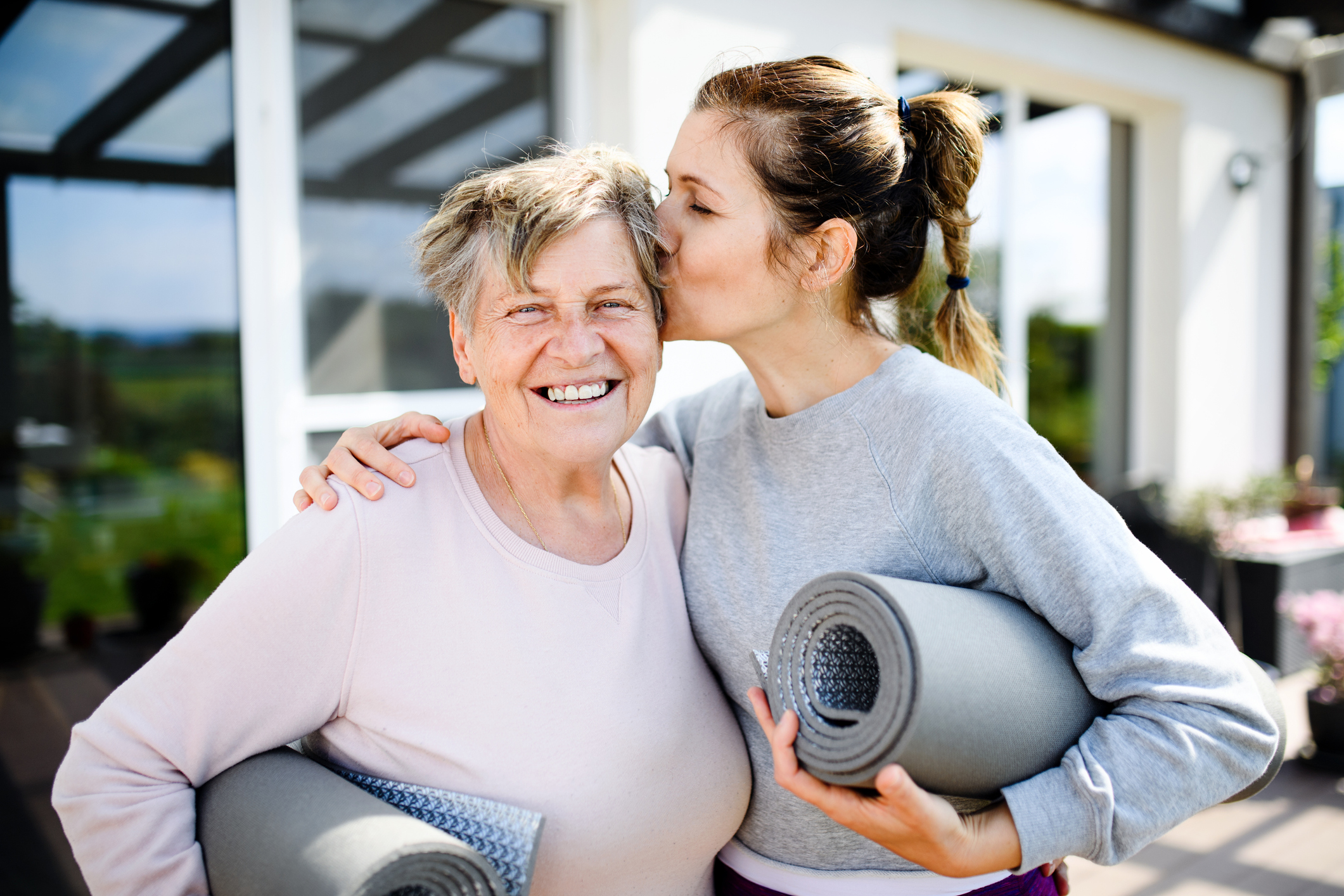

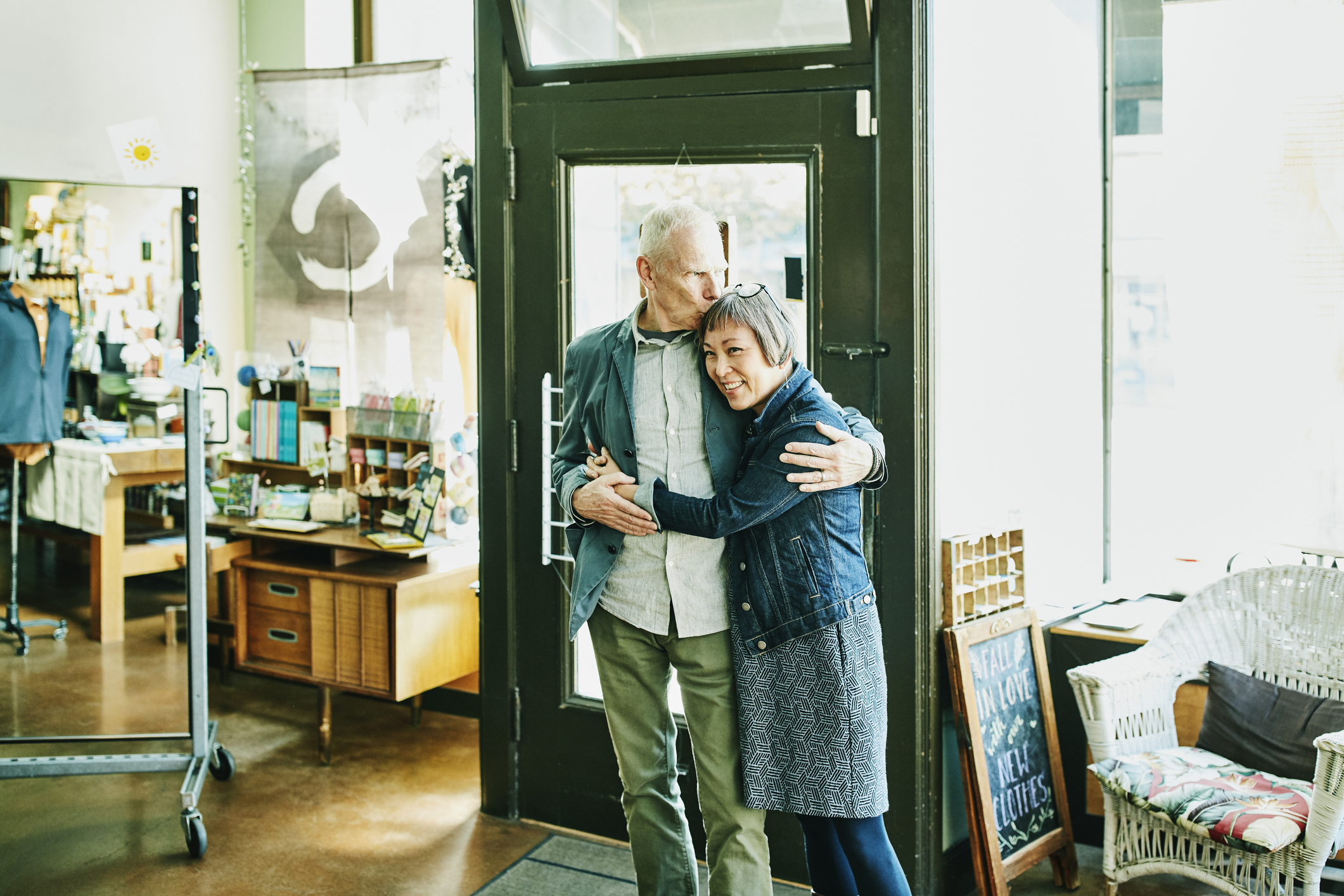
Yet this segment of the population is still largely ignored by marketers. Seniors 60+ are seldom in visuals at all—
vs 40% young adults 20-29**
12%
*Source: Longevity Economy source: Accius, Jean, and Joo Yeoun Suh. The Longevity Economy Outlook: How People Ages 50 and Older Are Fueling Economic Growth, Stimulating Jobs, and Creating Opportunities for All. Washington, DC: AARP Thought Leadership, December 2019.
**Source: Citi DE&I Imagery Toolkit
Source: : Citi DE&I Imagery Toolkit
Source: Mirror/Mirror: AARP Survey of Reflections on Beauty, Age, and Media (2019)
34% seniors
23% mature adults
19% mid adults
15% young adults
Healthcare + Medical scenarios
relationship-oriented scenarios
22% Family
17% Couples
15% Grandparents
other scenarios
22% Technology
17% Business
4% Entrepreneurship
3% Leadership
1% Innovation
Seniors make up
of visuals representing disability
41%
Among people who experience age bias people experience bias around the followinG:
38% body shape/size/type
33% employment status
32% income or socio- economic level
32% gender
Source: Getty Images VisualGPS Wave 7 2022
Source: : Citi DE&I Imagery Toolkit

Women and compounded bias
87%
According to our VisualGPS study, older women experience discrimination for the following reasons:
28% Perceptions that family obligations take priority
Women 40+ feel the advertising industry ignores
them or portrays them negatively
Source: Childs, Stephanie, and Angela Houghton. Mirror/Mirror: AARP Survey of Women’s Reflections on Beauty, Age, and MediaTM. Washington, DC: AARP Research, June 2022.
of seniors are women
26% People think you are too assertive
25% The way you look, dress, or present yourself
46% Women with disabilities
40% Women with diverse body types
33% Gay, bisexual, pansexual, queer, or trans women
22% Hispanic/Latina woman
22% Asian women
19% Black women
18% Bi-racial or multi-racial women
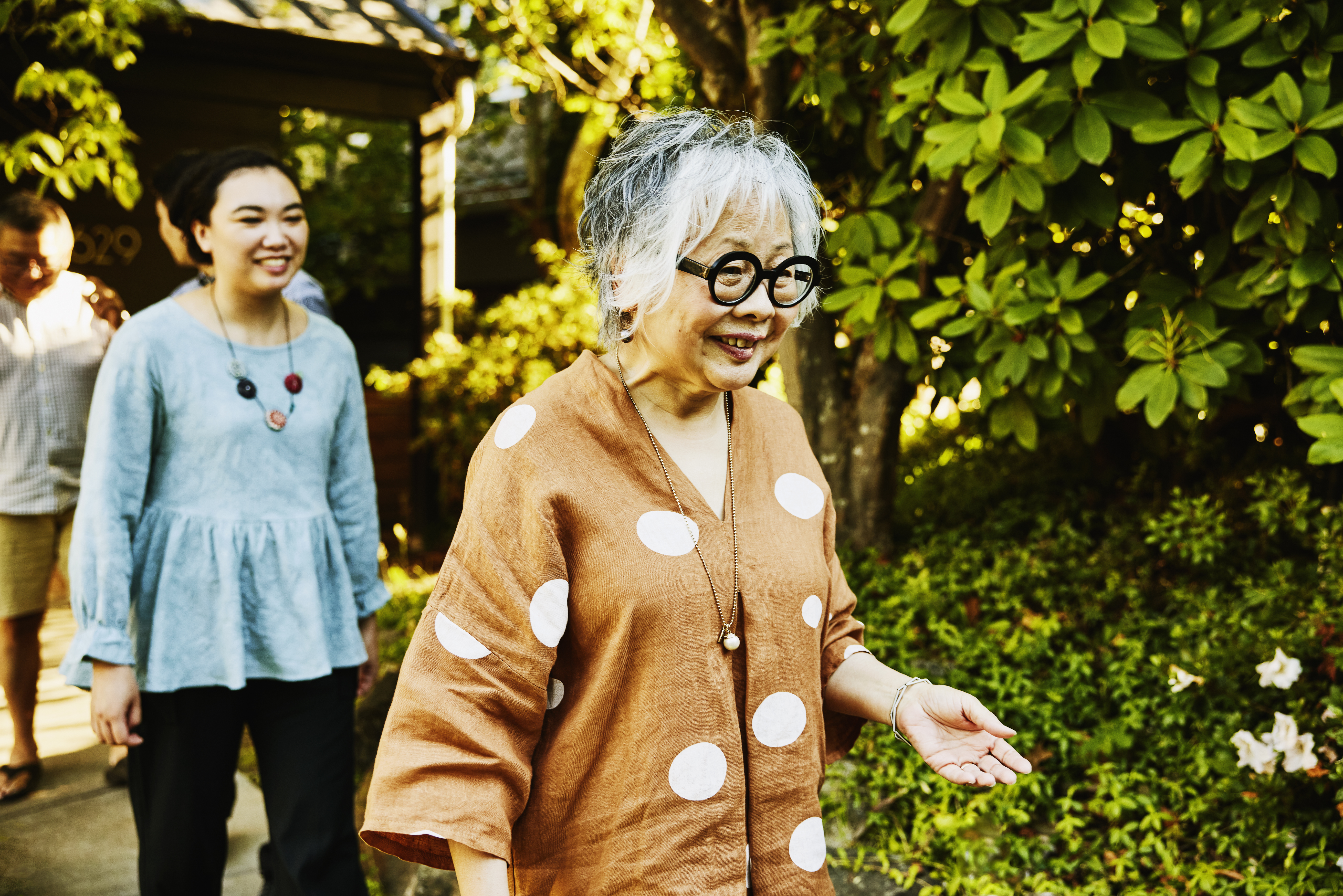

The visual content you chose matters
Make the choice to move beyond stereotypes. The Disrupt Aging Collection redefines what it means to get older by authentically depicting the realities of aging today and by telling the stories that are not being told.
Here are some boards based on global areas of opportunity for authentical visual storytelling around age:
Click here for question-based visual guidance to develop inclusive and bias-disrupting creative work.
Are you representing a multi-dimensional experience of aging for everyone? Are you focusing on what older people can’t do, rather than what they can do?
Are you defaulting to certain scenarios for certain age groups? (e.g. mostly Millennials as business leaders or entrepreneurs vs. mostly Baby Boomers at medial exams or being cared for, etc.)
Have you considered that rather than being cared for, older people (seniors in particular) might be caring for their children and/or parents?
Are you showing women over 40 as content, active, and fulfilled?
Are you taking an expansive view of the sorts of relationships people of all ages may have? (e.g. LGBQ+ spouse/partners, friend groups, platonic companies, intergenerational relationships, etc.)
Are you representing older people alongside other intersections of their identities (e.g., race/ethnicity, gender identity or expression, body type, religion, etc.)?
Have you considered how children are represented in visuals? Are you considering that children today are the most diverse generational group so far?
When addressing age representation, here are some questions around inclusivity to consider:


Inclusive Visual Storytelling
Let's change the
conversation around aging
Why does authentic 50+ representation matter?
Your visual choices matter.

Confronting bias.
When age is applied to overlapping areas of discrimination, biases are compounded and patterns emerge.
People 50+ are more likely to experience additional biases in regards to:
Move beyond stereotypes
The Disrupt Aging Collection redefines what it means to get older by authentically depicting the realities of aging today and by telling the stories that are not being told.
Let us show you how to be at the forefront of change.
Explore the Disrupt Aging collection curated by AARP and Getty Images | Learn more about AARP | Watch the video
Disrupt Aging
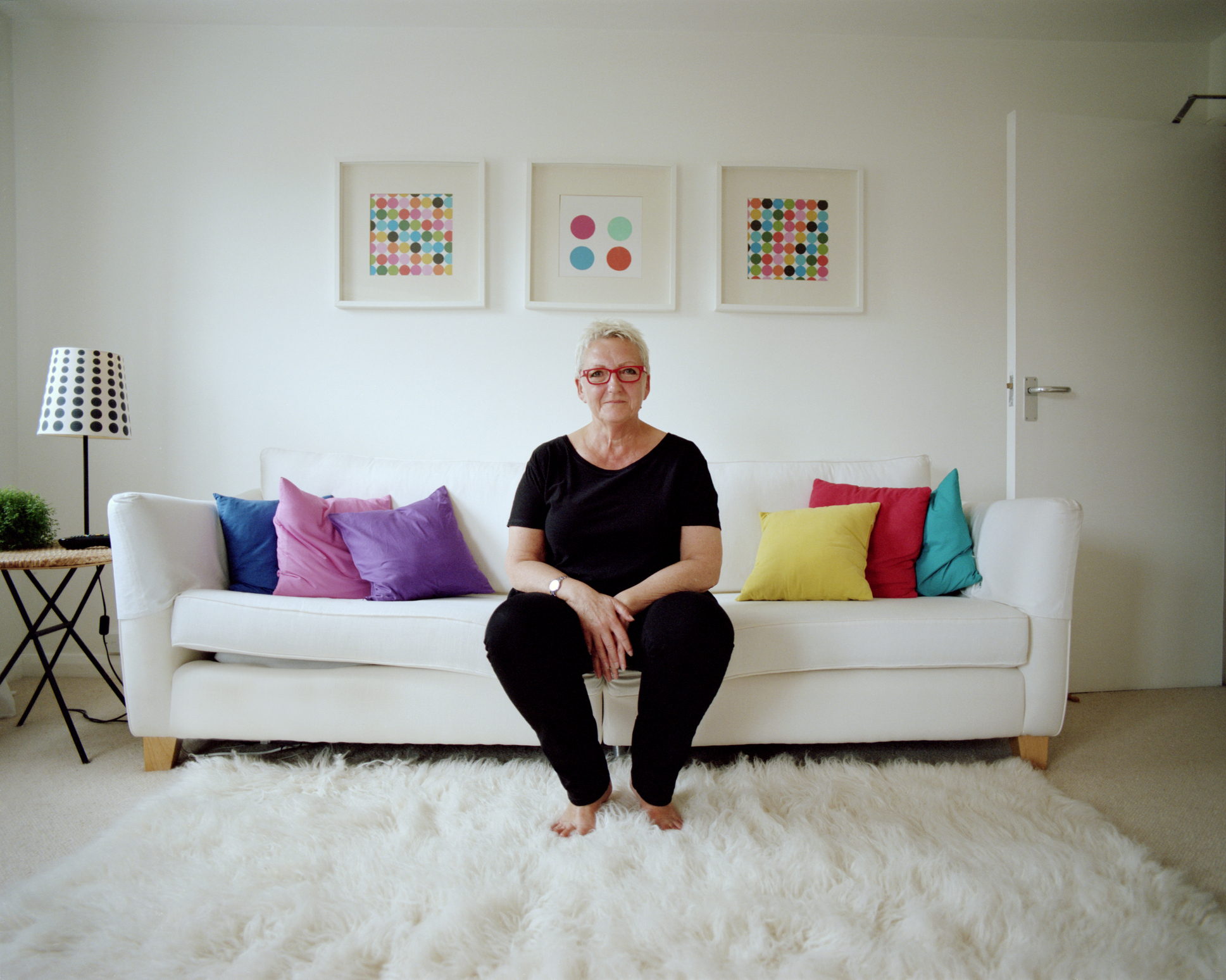
80%
50%
Source: Getty Images’ 2021 Visual GPS survey.
More than
of people 50+ say they are stereotyped by marketers
of women 50+ say they feel “invisible” in advertising
The information contained in these documents is confidential, privileged and only for the information of the intended recipient and may not be used, published or redistributed without the prior written consent of Getty Images
At Getty Images, we believe in the power of visuals to change perceptions and inspire— elevating diverse narratives that can alter perceptions, evoke empathy, and build community.
How we see ourselves reflected in content impacts our sense of self, our sense of value and what we believe to be possible for ourselves and our futures.
AARP and Getty Images have come together to redefine what it means to get older by authentically depicting the realities of aging and challenging outdated stereotypes. Help us on our mission to move the world with the Disrupt Aging Collection.




Age continues to be overlooked in DE&I efforts by many brands and corporations



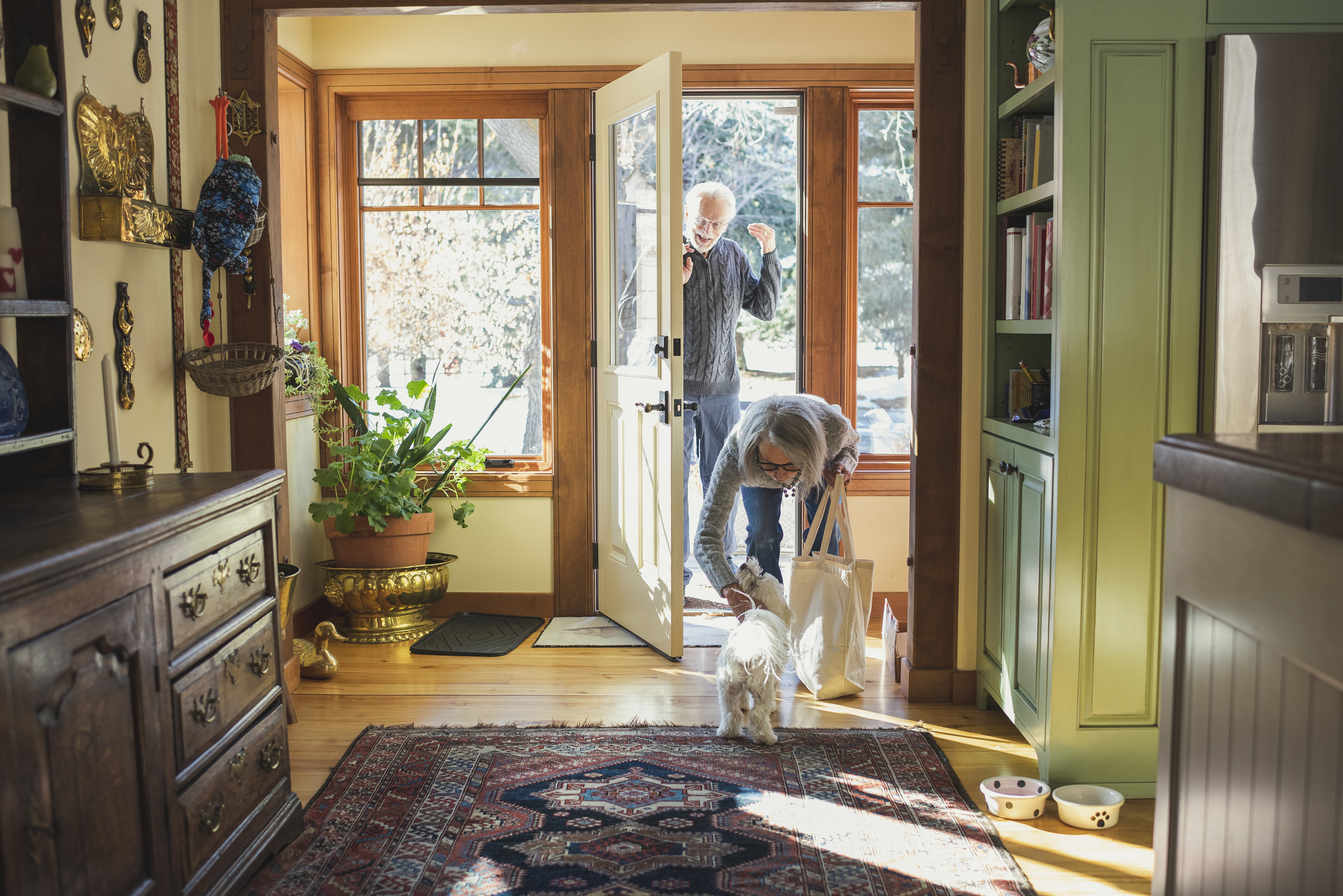
Seniors in leadership / business
Seniors as entrepreneurs / small business owners
Women of color over 50, 60, 70
LGBTQ+ elders living visuals in everyday life
Senior men in visuals of everyday life
People 50+ contribute
$8.3 trillion
to the US economy each year and yet they are largely ignored or stereotyped by marketers.*


Getting representation right is worth the effort. Brands with the most representative ads saw
shareholder value growth over the past two years.**
+44%
Body Size 33%
Race + Ethnicity 31%
Gender 40%
*Source: AARP's Longevity Economy Outlook
**Source: Getty Images’ 2021 Visual GPS survey.
Use this collection as a tool to create inclusive, bias disrupting creative work. Together we can change the face of aging.
Source: Getty Images’ 2021 Visual GPS survey.
Source: Getty Images’ 2021 Visual GPS survey.
